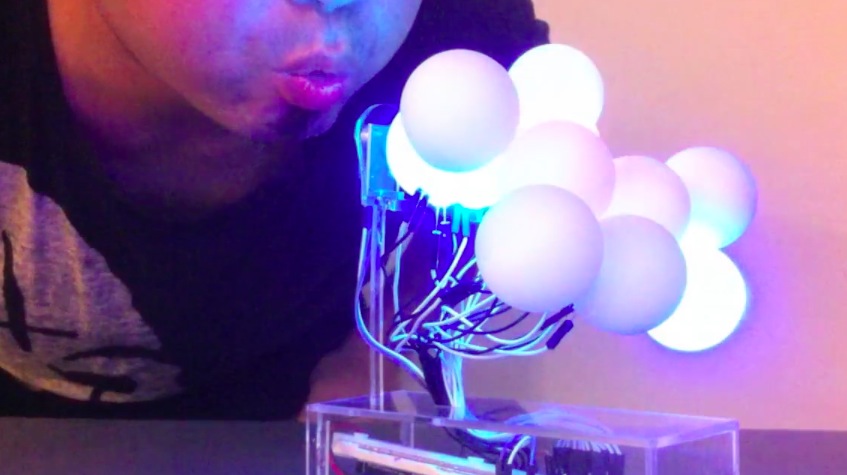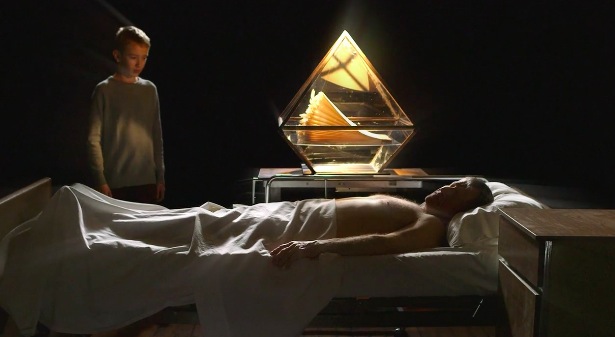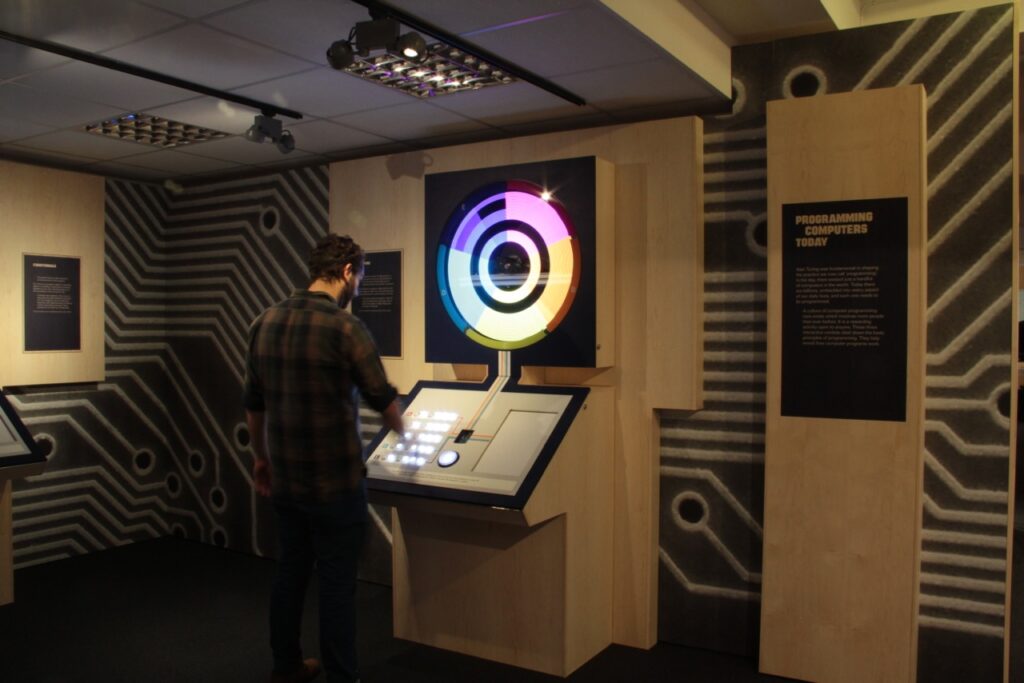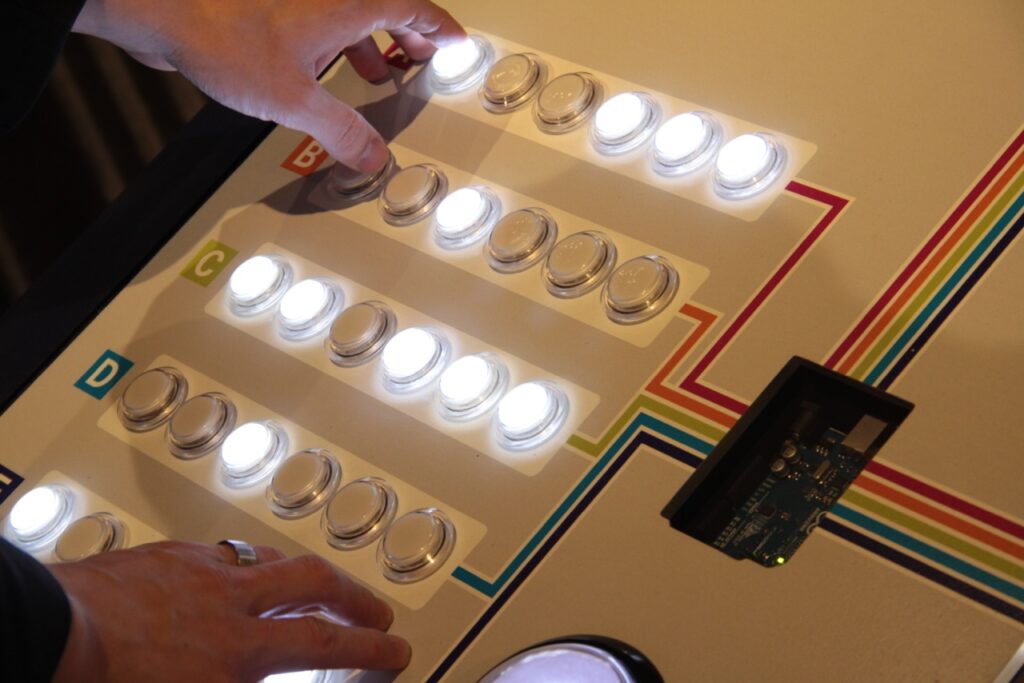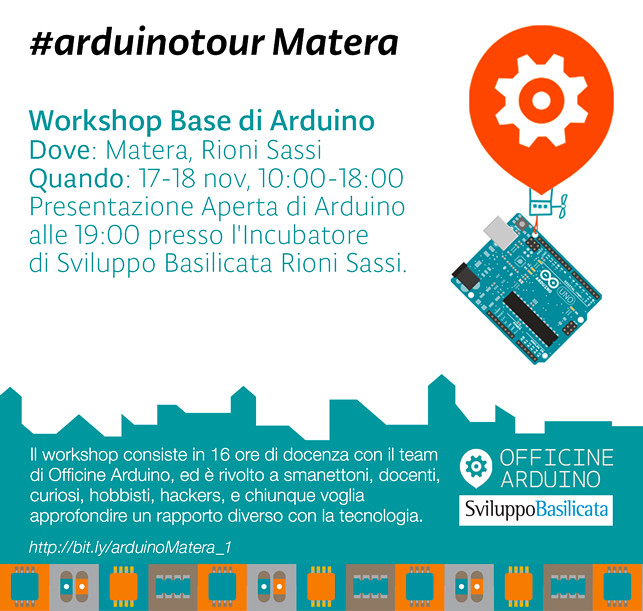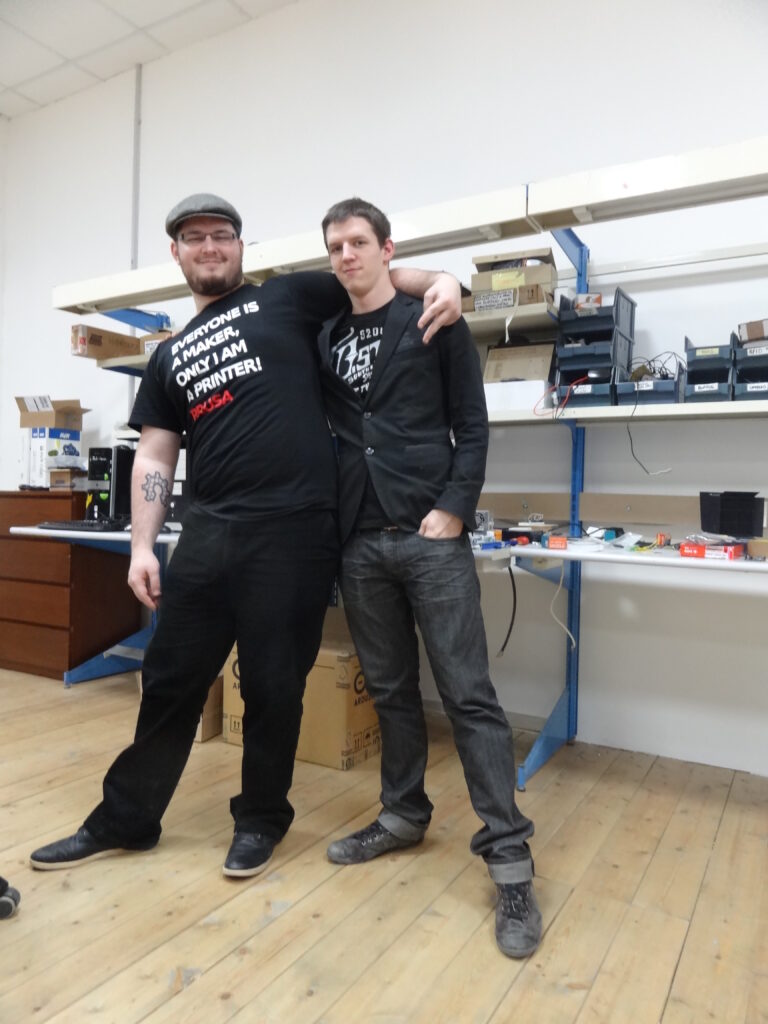
The feeling of pure joy that is felt when the first object is printed on the Prusa Mendel i3 is a priceless and a compulsary experience for any maker. The super-simple yet sturdy design of the printer is coupled with the easy to use and well maintained software crafted for the purpose of 3D printing Slic3r by Alessandro Ranellucci. The interview with them later that day was interesing too. A lot has been written about Josef Prusa he also has a TEDx talk to his name. His youtube channel has a lot of 3D printing related information. Make magazine recognizes him too! A lot can be found out about him, and google tracks his transition from the time that he was a very young enthusiastic maker to the current open source 3D printing guru. For the newbies, a single line definition of a 3D printer could be, that it is a printer which prints the uploaded 3D file, layer by layer, through an extruder, with a material mostly looking like pastic Eg ABS(Acrylonitrile butadiene styrene). Here is the exclusive interview with the DJ-ing, electronics hacking, Chicken Tikka masala loving Prusa Brothers :
Priya: It was lovely attending your workshop, I see that you are really passionate about 3D printing. If there was another topic that you could talk to me about apart from 3D printing, what would be that?
Michal Pruša: It would definitely be music, Techno and minimal to be preicise. I sometimes perform as DJ too.
Josef Pruša: For me, it would be tinkering in general.
P: How is it Michal, to work with your brother and what are the other interesting things that you have done with electronics?
M: Oh! we have a lot of incomplete projects. I designed an RFID access system for the fablab at home, been doing DIY PCBs for almost 5 years now. Back in high school, since I was not wanting to take exams, I requested the teacher to transfer the exam credits into a project. I successfully built a method of teaching router encoders for school students. The most memorable moment was me wanting to build my own laser cutting machine at home, and trying to import the tubes from china 3 years back, and getting it all broken through the customs. Local access to materials is important! Especially for someone who loves building things.
J: He wants to build everything from scratch, I am more of a person who spends more time in improving stuff and not reinventing the wheel. Michal, lets do one thing, lets start mining tin. (Laughs)
P: What is a regular work schedule for you people is like? All the time on 3D printers? Also what is your favourite tool around the lab?
J: I am mostly working on 3D printing, while he just assists me on workshops. As far as his individual work is concerned, there is loads of electronics, DJ-ing, organising events and of course there is college. We are fuelled by Coke and Pizza on gaming nights. We are big time into playing minecraft as it is exciting to build new stuff. We use an extension called Tekkit which is a very good modpack.
M: Favourite tool, should definitely be the glue gun and hot air solder gun.
P: Josef, what was your first project and did you publish it? Did you both start tinkering around the same time?
J: Michal has been tinkering with electronics since the time he was very young, I started only at the end of high school. But, I was into programing with php and python. My first project was using an Arduino and MaxMSP. MaxMSP talks to the arduino and an iphone. I controlled a remote RC car. (Smiles) I wrote to the local Czech magazine, nobody bothered locally, then I submitted the same to the english magazine, gizmodo and wired covered it. That was in the year 2009. The most recent coverage of that project was when Damien Stolarz of O’Reilly wanted me to write a chapeter in his book of iPhone hacks on the same hack.
M: The first time that I used a multimeter was when I was 9. I have made many projects but I am too lazy to document anything. (I catch a sneaky side glare from the older brother here.)
P: Who do you look up to in the field of technology? Which is the one city that beckons you to live in?
J: I used to look upto Bre Pettis before makerbot became closed source. Massimo Banzi, for of course Arduino and a good sense of humour. I would like to live in NewYork someday.
M: We both grew up watching Mythbusters hence Adam Savage I guess tops the list for us having this innate passion to create stuff.
P: What is the one thing that scares you?
J: Media scares me. The ability of the media to make anyone an overnight star, has lead to a bunch of people 3D printing guns. Which, as I can see, is not good for the 3D printing industry, it might bring a very bad name to all of us who are trying to do good with the same technology.
P: One last question, I saw your TEDx Talk dating 3 years back, your english then to the english now is very different, I see that now you can think in English. Whats the secret?
J: (Smiles) Good question and please do quote me on this. I learnt engish by chatting a lot on IRC channel #reprap on freenode, for the diction I watched a lot of english TV series. That TEDx talk was my first ever public speech at a large platform.
It was indeed a pleasure talking to them. They can be contacted here.
His book: Getting started with RepRap.
